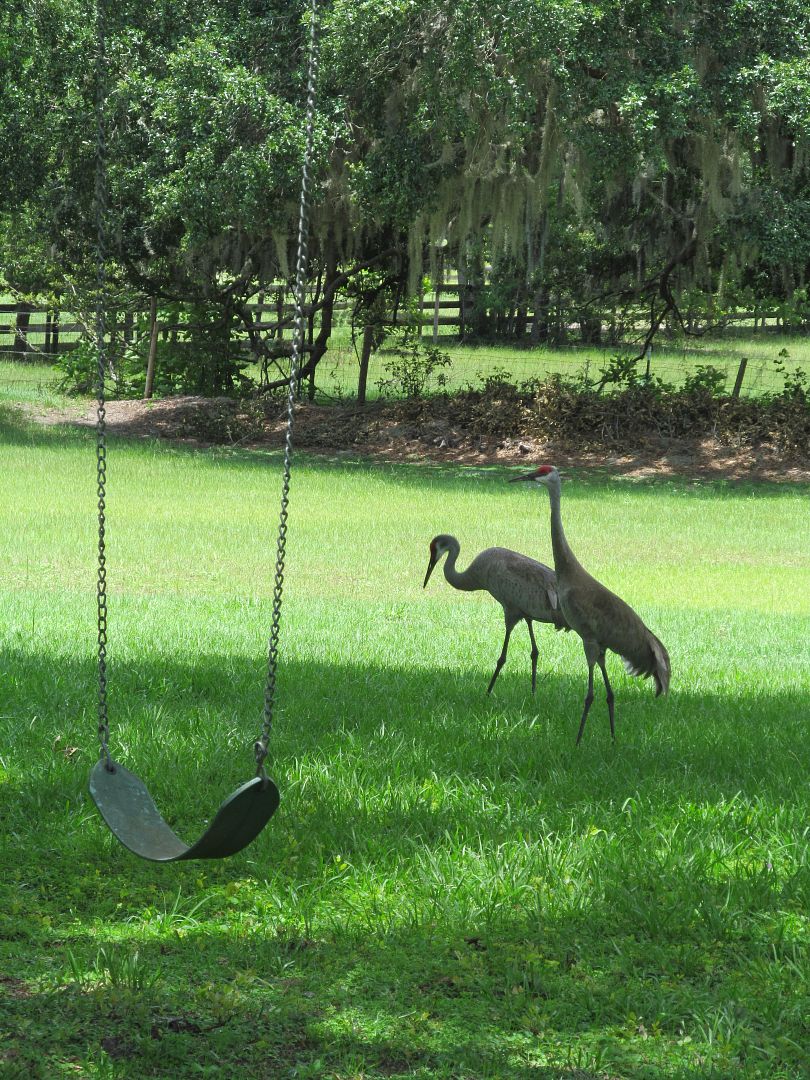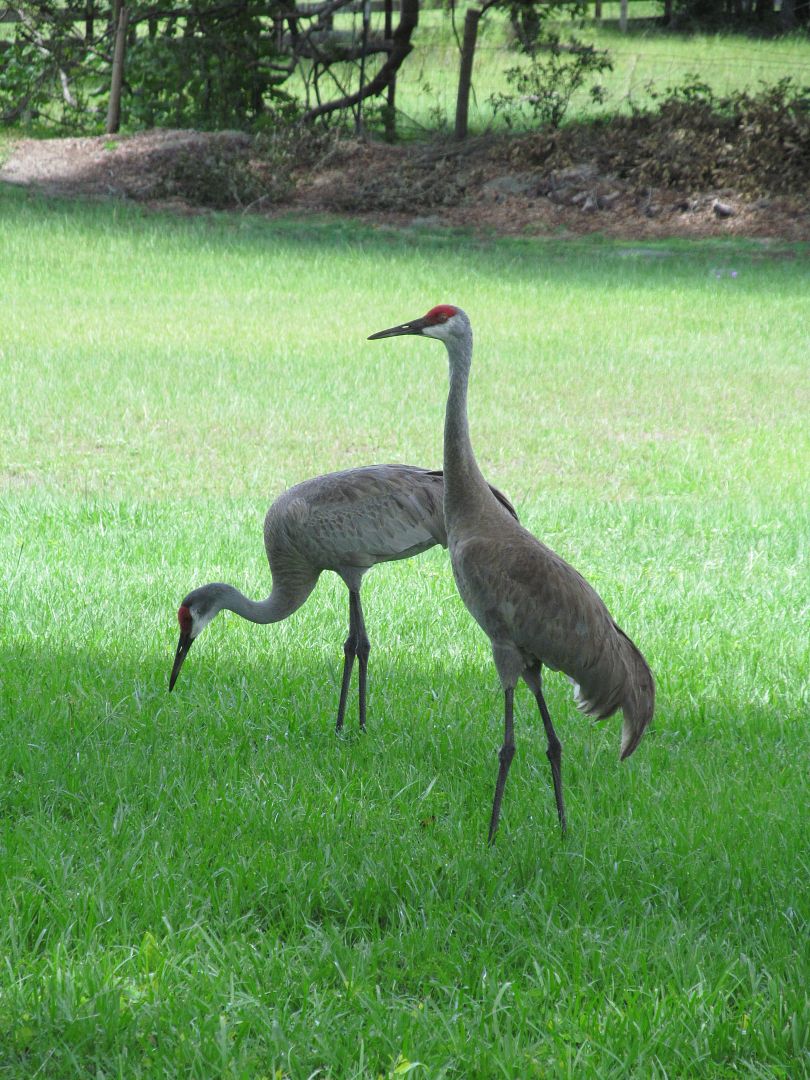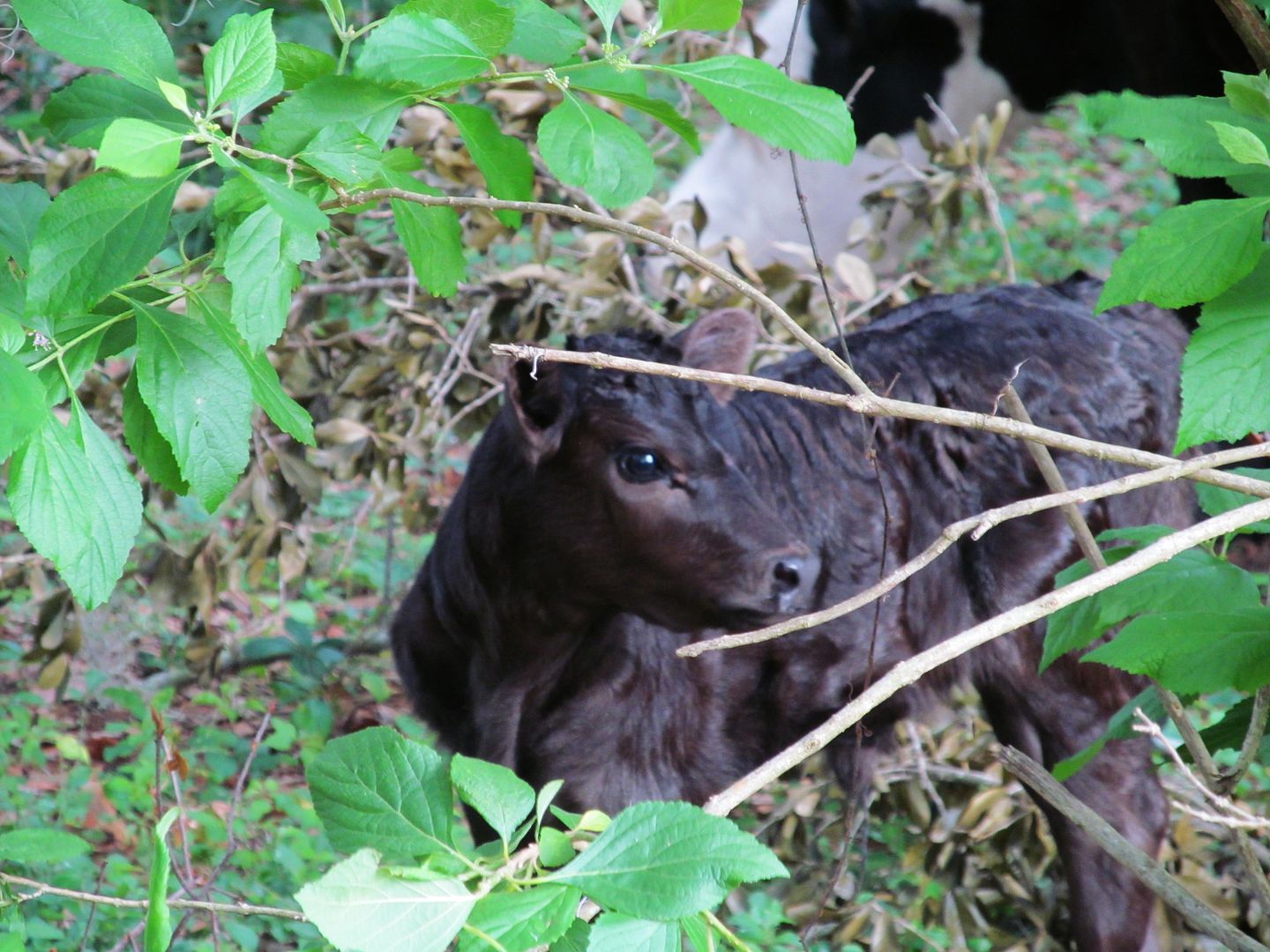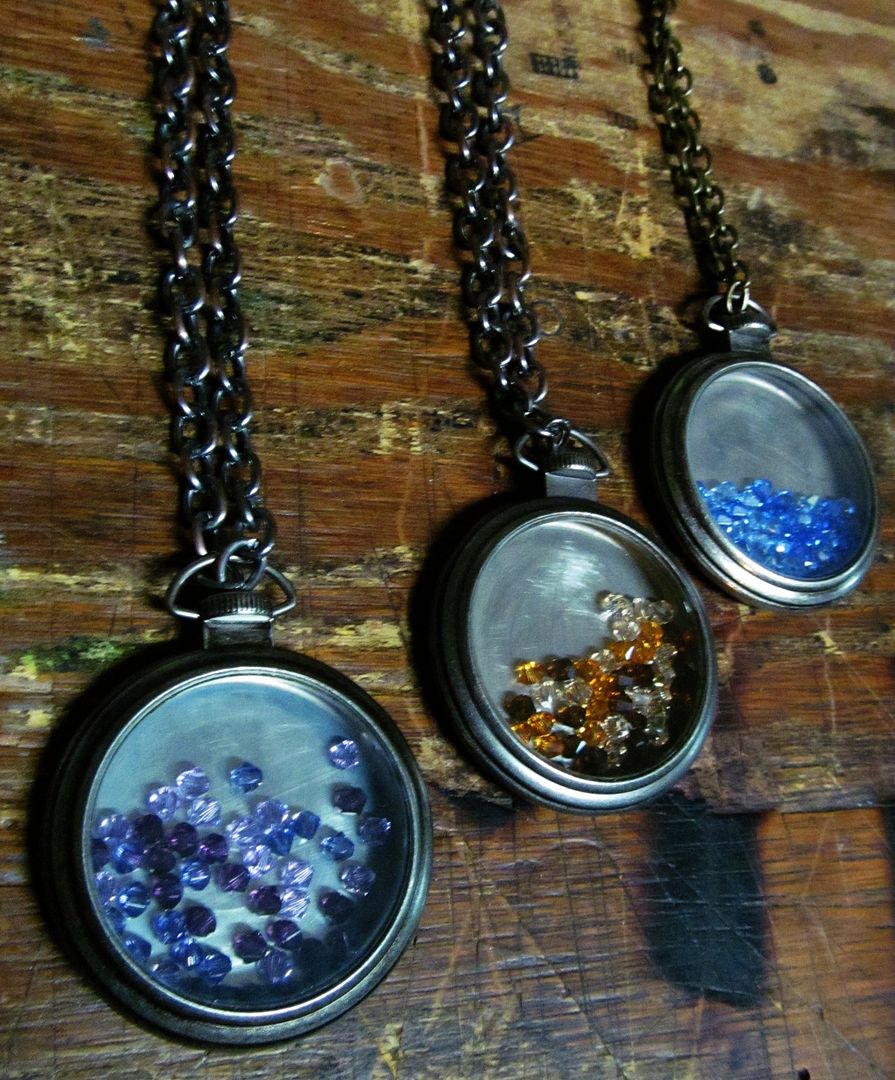Ten Things About Submission Opportunities
Apex magazine
is now open for submissions: "We do not want hackneyed, cliched plots or neat, tidy stories that take no risks. We do not want Idea Stories without character development or prose style, nor do we want derivative fantasy with Tolkien’s serial numbers filed off. What we want is sheer, unvarnished awesomeness. We want the stories it scared you to write. We want stories full of marrow and passion, stories that are twisted, strange, and beautiful. We want science fiction, fantasy, horror, and mash-ups of all three—the dark, weird stuff down at the bottom of your little literary heart. This magazine is not a publication credit, it is a place to put your secret places and dreams on display. Just so long as they have a dark speculative fiction element—we aren’t here for the quotidian. Keep in mind that the search for awesome stories is as difficult as writing them. If you are rejected, don’t get angry—instead, become more awesome. Write something better, and better, until we have to accept you, because we have been laid low by your tale. It really is that simple." Length: "a firm 5,000 words. Anything more will be auto-rejected." Payment: "for original fiction is $.05 per word up to 5,000 words; if we podcast your story, payment is $.01 per word up to 5,000 words." No unsolicited reprints, electronic submission only, see guidelines for more details.
ArcheBooks Publishing
is open to submissions of novels in most genres. Length: 60-120K (prefers 90K) Payment: $2/copy per hardcover sold; $1/copy per paperback or e-book sold. Query on reprints, electronic submission only, see guidelines for more details.
Author Alex Shvartsman
is looking for reprints only for his upcoming
Coffee anthology: "Each story must somehow involve coffee as a major plot element. It’s not enough if an unrelated story is set in a coffee shop. I will also consider a few TEA stories as well. These stories must feature an element of the fantastic (fantasy, SF, light horror). No literary fiction please. For the moment, I will only consider reprints. If you published a story that you feel might fit the theme, please e-mail it to me at ufopublishing at gmail dot com. Please include information as to where and when it was first published, and confirm that the rights have reverted to you." Length: "Up to 4000 words. Flash (500-1000 words) especially welcome." Payment: "$0.01 per word plus one contributor copy of trade paperback and ebook." See gudelines here for more details.
Dark Opus Press
has an open call for their
Tell Me a Fable anthology: "We will be looking for stroies base on one of Grimm's Fariy Tales. We're sorry, but for the concept we're going for here we are not accepting poetry, reprints or artwork for this anthology. Our guidelines are simple. All stories MUST be based on a Grimm's Fariy Tale and NOT the Disney version. All stories must have a dark bent to them and be between 2,000 and 6,000 words. This word count is firm and stories outside this word range will not be considered. Please read our magazine guidelines to see what we do not want. If you don't review our magazine guidelines, we will know. We know that quite a few of Grimm's tales deal with children so we will be a little more lenient when it comes to violence toward children. However, it must be integral to your story and it should occur off-stage, if possible. If you are unsure, please query first." Payment: "Payment for accepted works will be a 1 cent a word US, plus one copy." Reading period: "The reading period for this anthology will start July 1st and end July 31st or until filled. Stories sent before July 1st will be deleted unread." No reprints, electronic submission only, see guidelines for more details.
Light Speed webzine
is open for submissions: Lightspeed is seeking original science fiction and fantasy stories of 1500-7500 words. Stories of 5000 words or less are preferred. We pay 8¢/word for original fiction, on acceptance. To see which rights we’re seeking, please view our contract template for original fiction. All types of science fiction and fantasy are welcome. No subject should be considered off-limits, and we encourage writers to take chances with their fiction and push the envelope. We believe that the science fiction/fantasy genre’s diversity is its greatest strength, and we wish that viewpoint to be reflected in our story content and our submission queues; we welcome submissions from writers of every race, religion, nationality, gender, and sexual orientation." Reprints okay (pays 1¢/word), electronic submission only, see guidelines for more details.
Planetary Stories has a contest going: "Each issue of Planetary Stories, Pulp Spirit and Wonderlust will be carrying the winner of that contest. While making the above statement, I realize there is a chance it won't work out. We might not have enough winners, as there is only a few months before our first deadline, which will be September 15th. However, we will do our best to publicize this contest and make that statement come true. There are three categories, one for stories 250 words or less, one for stories up to 500 words, and flash fiction up to 1,000 words. ONE WINNER PER CATEGORY. The winner in each category will receive five cents per word, as well as a book from the Featured Author. No duplicate entries are allowed."
See contest page here for more details.
Tephra magazine
is looking for submissions: "...now open for international submissions to be included in the publication of its debut issue, due for release in both print and digital editions during the first quarter of 2014. We are seeking original, previously unpublished fiction, non-fiction, articles, essays, poetry, flash-fiction, art, comics, photography, interviews and reviews of books, films and theatre. TEPHRA will be covering a rather broad range of subject-matter, visions and voices - however, our tastes tend toward the unusual, the avant-garde, the curious and obscure. We have a penchant for absurdism, surrealism, dadaism, expressionism, transgressionalism, psychological horror, experimentation, science fiction, bizarro fiction and weird fiction." Length: "Fiction - 7,500 words or less; Non-Fiction / Articles / Essays - 3,500 words or less; Poetry: Please send no more that 10 poems per submission; Art & Photography: Please send a link to your portfolio and a brief biography. Image attachments will not be accepted; Interviews: Please send a propsal." Payment: "Payment is discussed privately between the editor (Justin Curfman) and the contributor upon acception. However, a 50 / 50 profit split is our general offer." See submission guidelines for more details.
Twilight Times Books
is currently open for novel submissions: "Wanted: Mid-list authors. We need to place our resources behind authors who know how to promote their books. You don't necessarily need a national platform, a regional one will do. If you have demonstrated annual sales of 5k to 15k books, please consider placing your next novel or non-fiction book with Twilight Times Books or Paladin Timeless Books. Rest assured we will always keep a few slots open each year for exceptional books written by first time authors. Twilight Times Books will present the works of those writers whose stories blend genres, are too literary for other publishers or seem too mainstream or "quirky" in tone. The requirement for consideration at Twilight Times Books is your novel must be entertaining; your non-fiction book must be informative. Both fiction and non-fiction book submissions must be professionally written and you must have a comprehensive marketing plan. Purchase a book or read the stories in Twilight Times ezine to determine the type of writing we're interested in seeing. First consideration will be given to authors previously published by Twilight Times Books, Paladin Timeless Books, Futures Mystery Anthology Magazine (FMAM), Twilight Times ezine and/or Web Mystery Magazine. Our current response time is four weeks to two months. Simultaneous submissions will be considered with sufficient advance notice. We offer a standard publishing contract." Submission period: "We will be open to fiction submissions from June 15 to August 5, 2013." Looking for: "we will be especially interested in the following categories: fantasy, historical, literary, military, mystery/suspense, paranormal romance, science fiction, SF romance and YA fantasy." Also: "We have expanded our guidelines to include more nonfiction titles in 2013-2015 and we are also interested in: creative nonfiction, how-to books, humor/satire, juvenile, magic realism, mainstream/contemporary, military/war-related, nostalgia-related fiction and non-fiction, paranormal, Regency romance, regional, specialty/New Age, supernatural, the Sixties-related (fiction or nonfiction), World War II-related, women's fiction, writing advice, etc." Query on reprints, electronic submissions only, see guidelines for more details.
Unlikely Story
is currently open for submissions: "Unlikely Story publishes three themed issues a year: The Journal of Unlikely Entomology, The Journal of Unlikely Cryptography, and The Journal of Whatever Tickles Our Fancy This Year. We reserve the right to put out an indeterminate number of further sub-themed mini-issues on an irregular basis, if we feel like it. nWhat we’re looking for: Beautifully-written fiction, characters that grab us by the throats and refuse to let go, worlds that demand to be explored…and bugs. Genre isn’t particularly important to us—speculative, mainstream, slipstream, and the unclassifiable tales in between—we’ll read anything; all we ask is that something pertaining to bugs is integral or significant in your story. The bug element can be literal or metaphorical, hallucinatory or behavioral or metaphysical, or any combination thereof. Not quite sure what we’re talking about? Think of The Metamorphosis, Ender’s Game, Angels and Insects, Naked Lunch, A Recipe for Bees, District 9, Eight Legged Freaks, and Sandkings. Basically, think bugs, and let your imagination run wild. There are no barriers as to levels of profanity, gore, or sexuality allowed, but be sure to use them well if you do use them. Please note: our definition of bugs is somewhat expansive. Please read our FAQ for details. Our second non-entomological issue will be The Journal of Unlikely Cryptography. JoUC will publish annually. Submissions open July 1 – November 1, 2013." Length: "We’ll consider stories up to 8000 words, but strongly prefer stories of 5000 words or less. We’re open to flash fiction and fiction in non-traditional formats, but we do not publish poetry or non-fiction." Payment: We pay 5¢ per word for original fiction, and 1¢ per word for reprints." Electronic submission only, see guidelines for more details.
World Weaver Press
has an open callfor their upcoming Krampus anthology: "You know the Jolly Old Elf of Christmas, right? Of course you do. You can’t avoid him. Yet, Santa Claus isn’t just a kindly old expert at breaking and entering and leaving gifts he didn’t actually buy for the children of a house. At least he isn’t in Austria and many other parts of Europe. In these ancient places, where, perhaps, the old, old gods still add a touch of mischief, Krampus is the angry, punishing sidekick of St. Nicholas (Santa’s counterpart in much of Europe). Known for his willingness to punish rotten children, Krampus might even be considered Santa’s dark side or evil twin. Krampus is the sort of guy more and more North Americans want to explore. He’s definitely having a moment this side of the Atlantic. To that end, World Weaver Press and Enchanted Conversation: A Fairy Tale Magazine are pleased to announce a joint venture: An anthology of Krampus short stories. Although the book is yet to be named, we hope you’ll explore every possible Krampus angle via short stories. He’s a nasty old dude, and we hope your imaginations will get the better of you. Length: "Under 10,000 words." Payment: "$10 from Enchanted Conversation and paperback copy of the anthology from World Weaver Press." No reprints, electronic submission only, see guidelines for more details. Open submission period: June 15 – August 1, 2013.
Most of the above sub ops came from the marvelous market listings at Ralan.com. Special thanks to Kaitlyn Koby at World Weaver Press for the heads up on their open call, too.

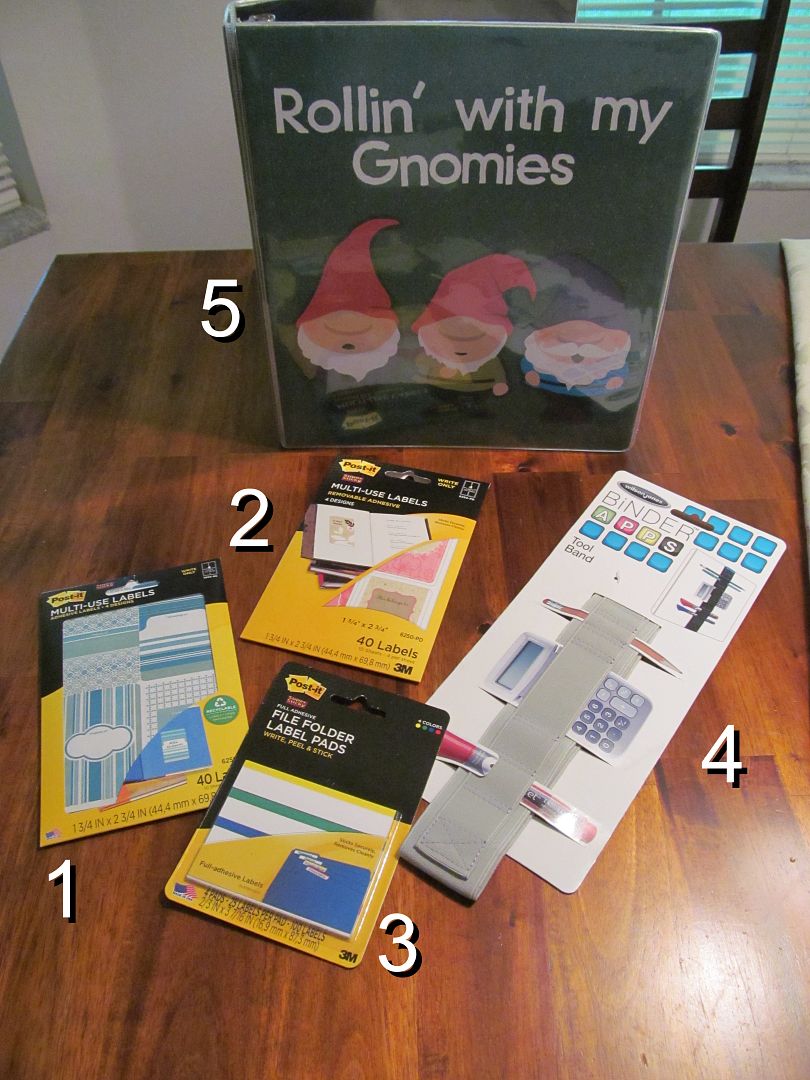

 Last year I entered a story contest, and my entry didn't win. Losing the contest, on the other hand, helped me sell a novel series. Want to know how I pulled that off? Read my guest post about it on Killer Nashville's blog here.
Last year I entered a story contest, and my entry didn't win. Losing the contest, on the other hand, helped me sell a novel series. Want to know how I pulled that off? Read my guest post about it on Killer Nashville's blog here.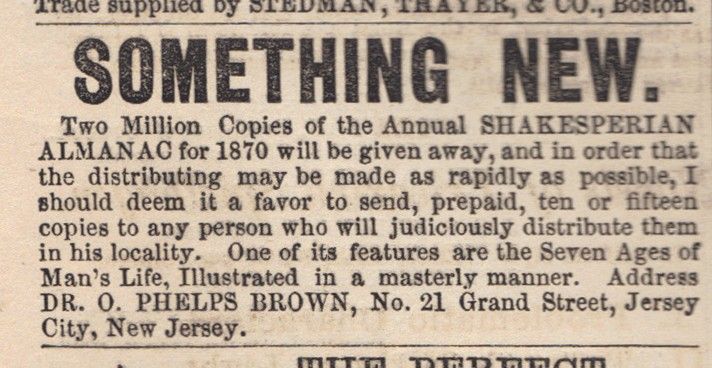
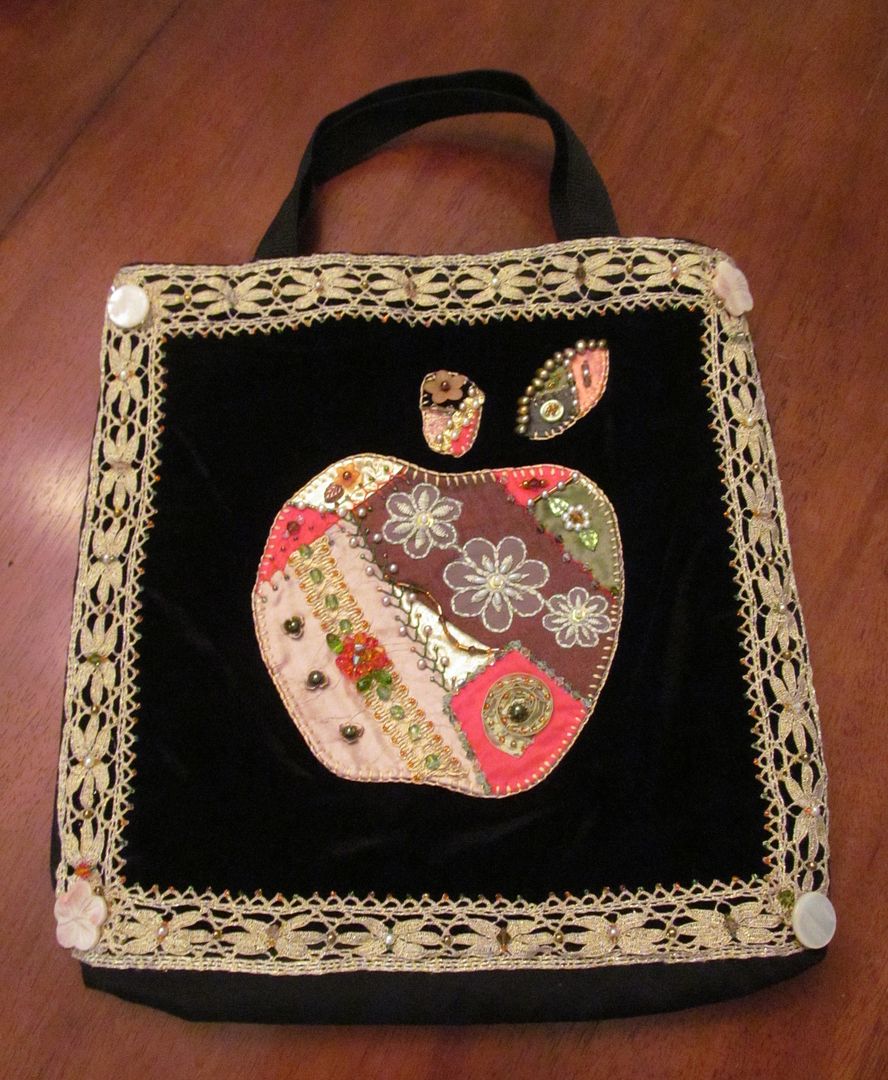

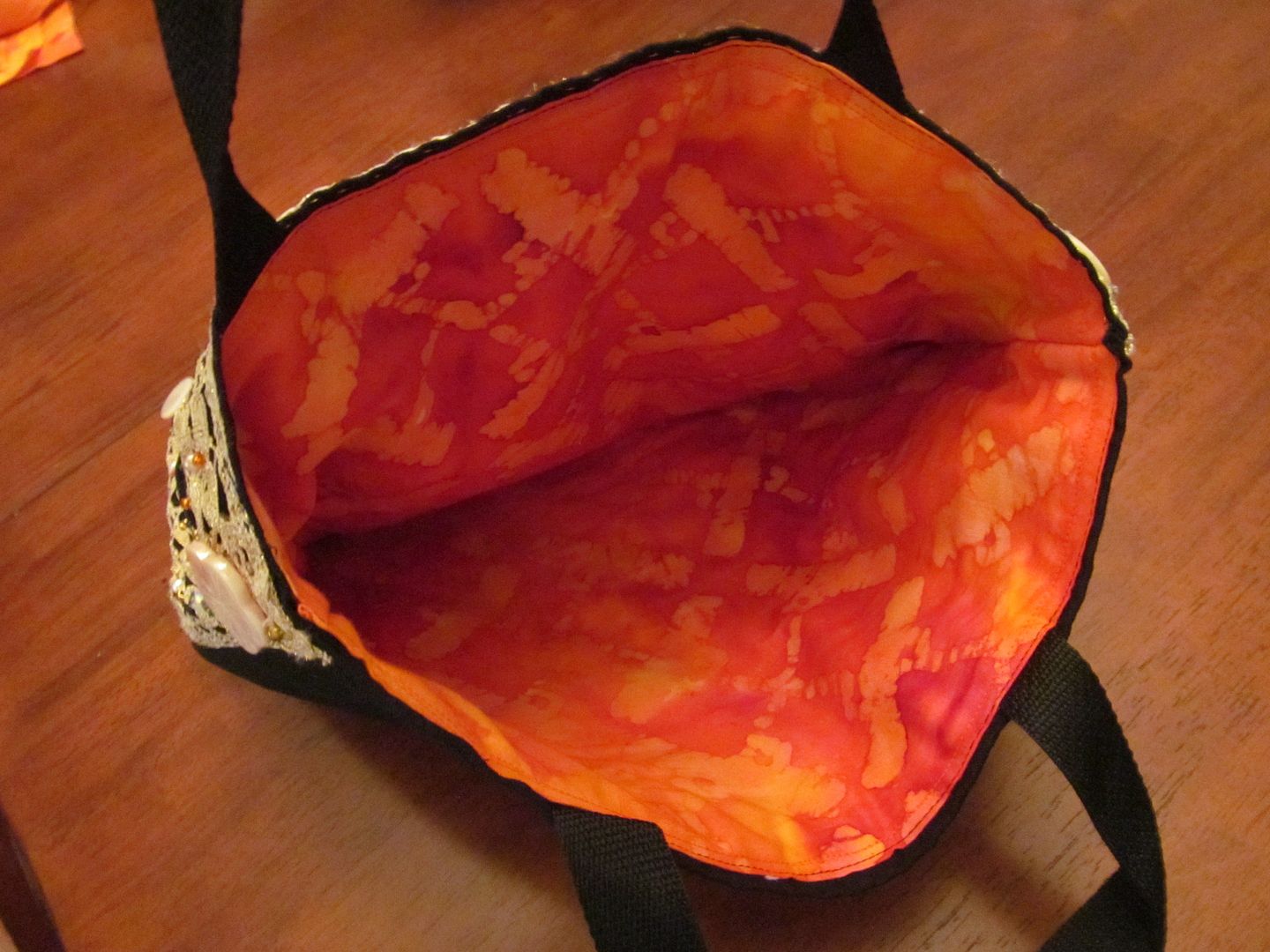
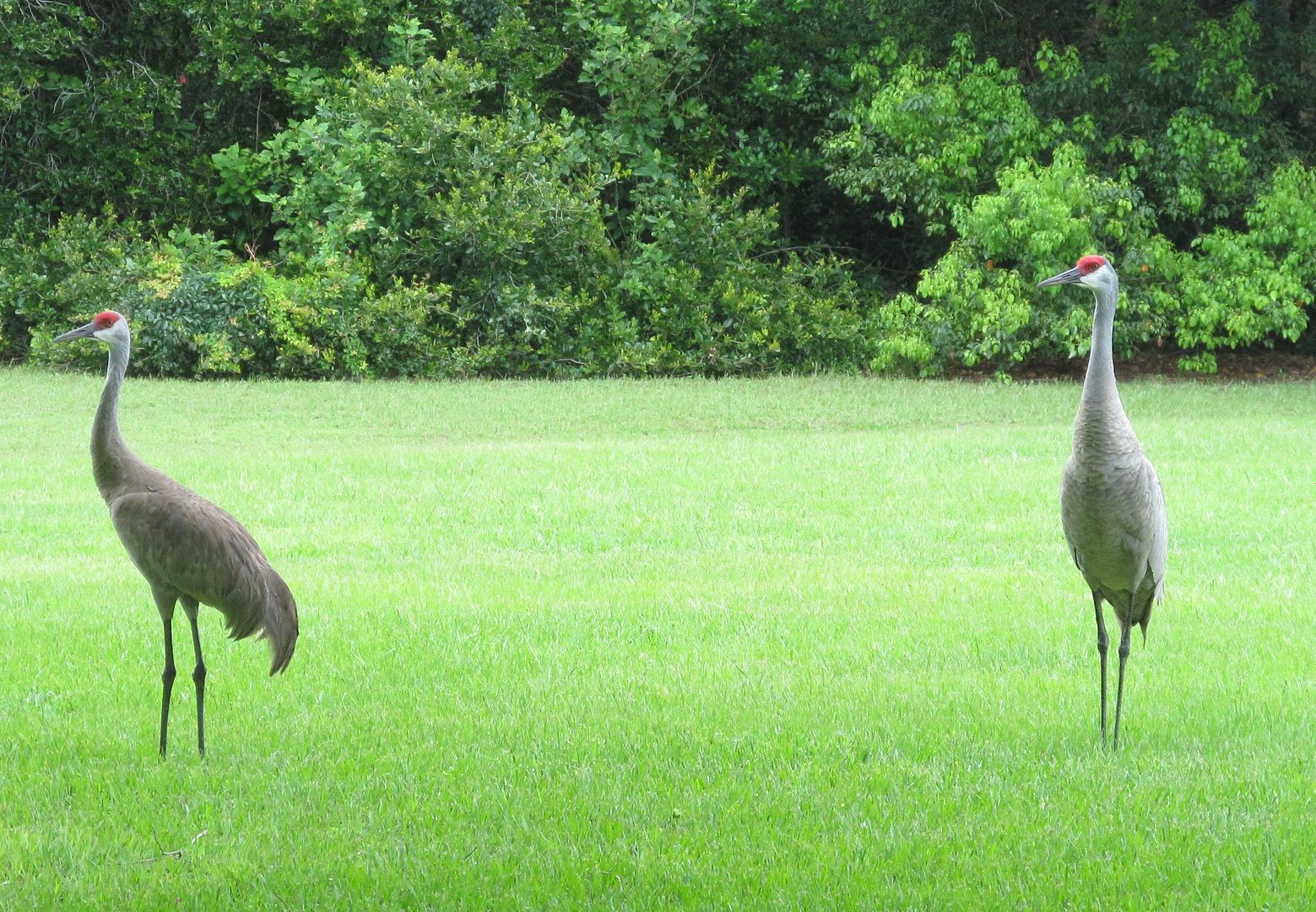

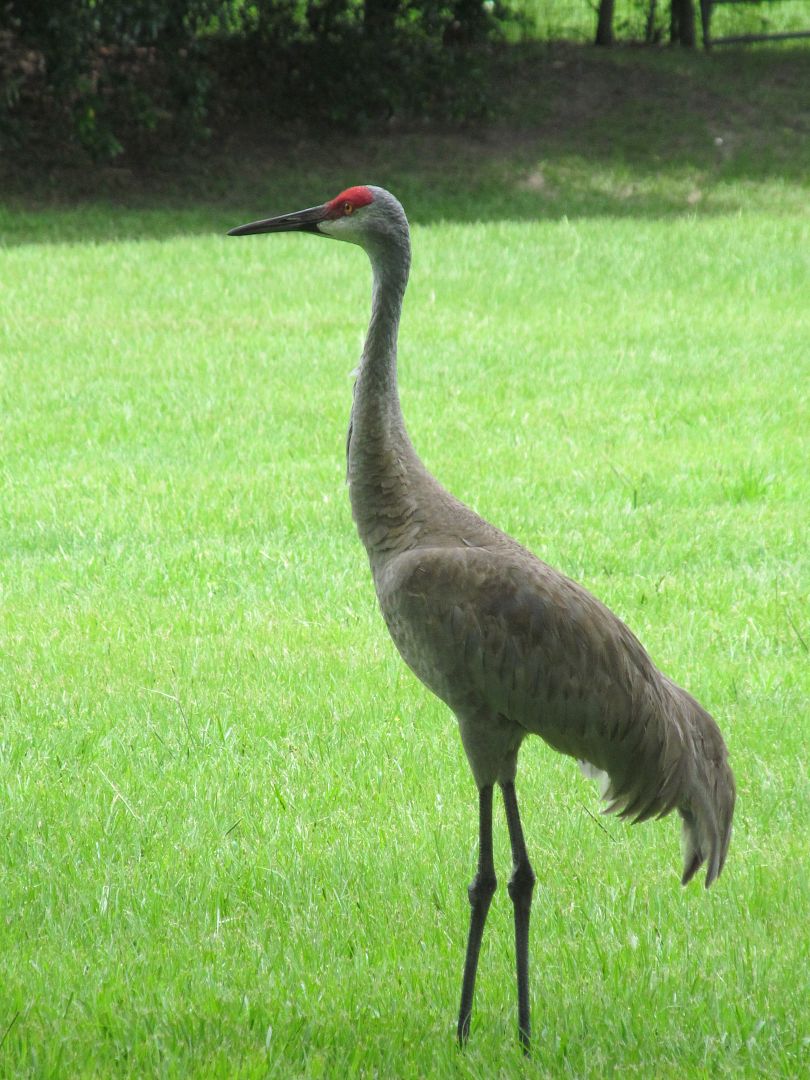

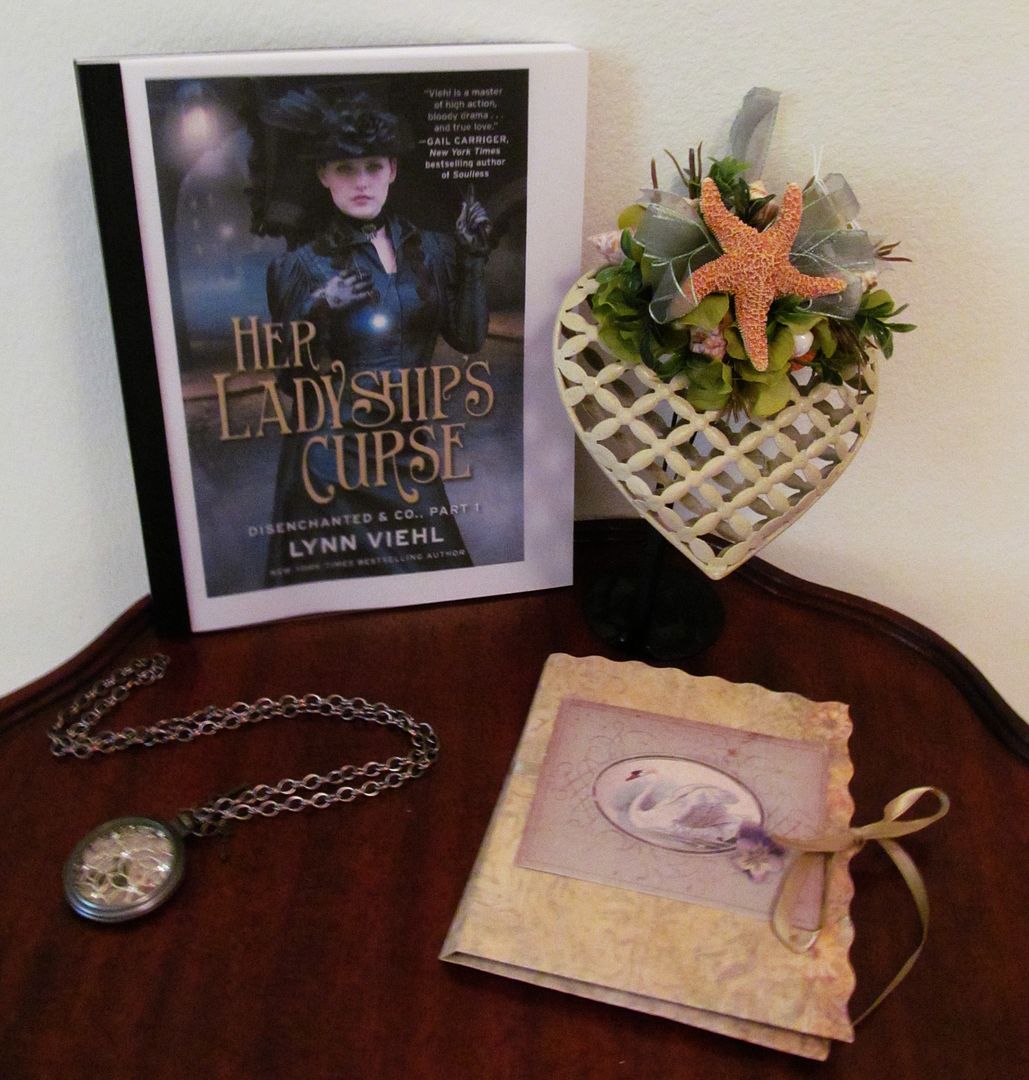 Today I'm making a guest appearance at The Sisterhood of the Jaunty Quills, where I'll be discussing the differences between vampire and non-vampire fiction. Stop by if you get a chance, enter the giveaway and you might win some Victorian goodies, one of my handmade pocket watch pendants, and a signed print galley copy of Her Ladyship's Curse.
Today I'm making a guest appearance at The Sisterhood of the Jaunty Quills, where I'll be discussing the differences between vampire and non-vampire fiction. Stop by if you get a chance, enter the giveaway and you might win some Victorian goodies, one of my handmade pocket watch pendants, and a signed print galley copy of Her Ladyship's Curse.

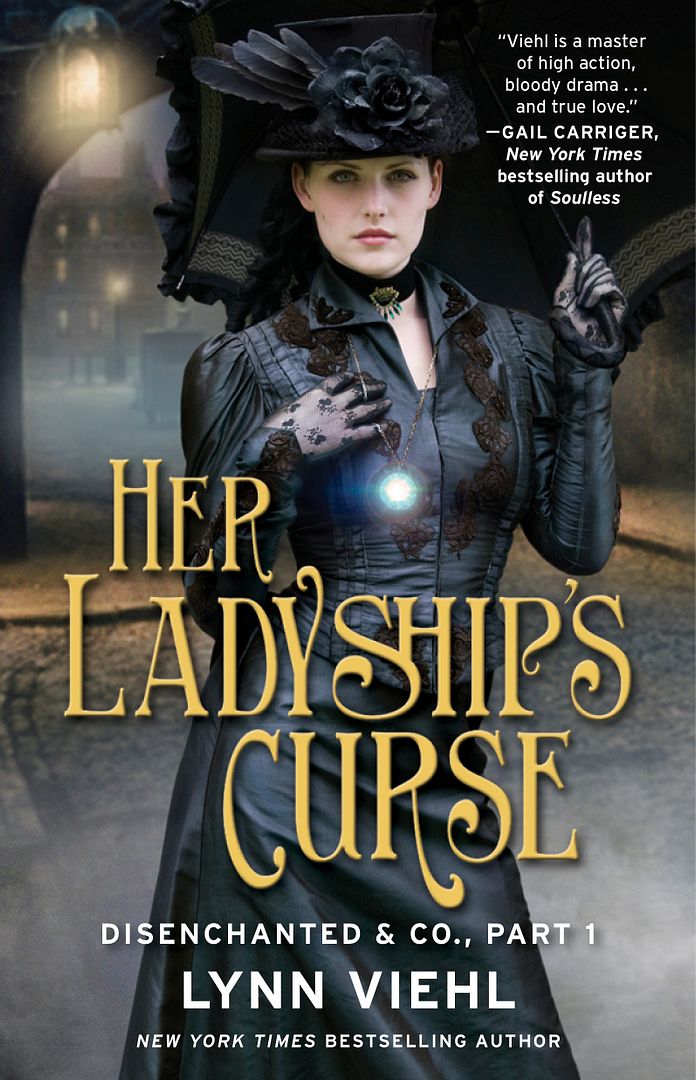 Ten Reasons You Should Preorder Her Ladyship's Curse by Lynn Viehl
Ten Reasons You Should Preorder Her Ladyship's Curse by Lynn Viehl Investment in Artist: Profits from this series will also go to paying for college tuition for my kid, who at presently has ambitions to be an animator. She's very talented (this is one of her pieces) and I think she deserves a shot; buy a book and you help me make this happen.
Investment in Artist: Profits from this series will also go to paying for college tuition for my kid, who at presently has ambitions to be an animator. She's very talented (this is one of her pieces) and I think she deserves a shot; buy a book and you help me make this happen.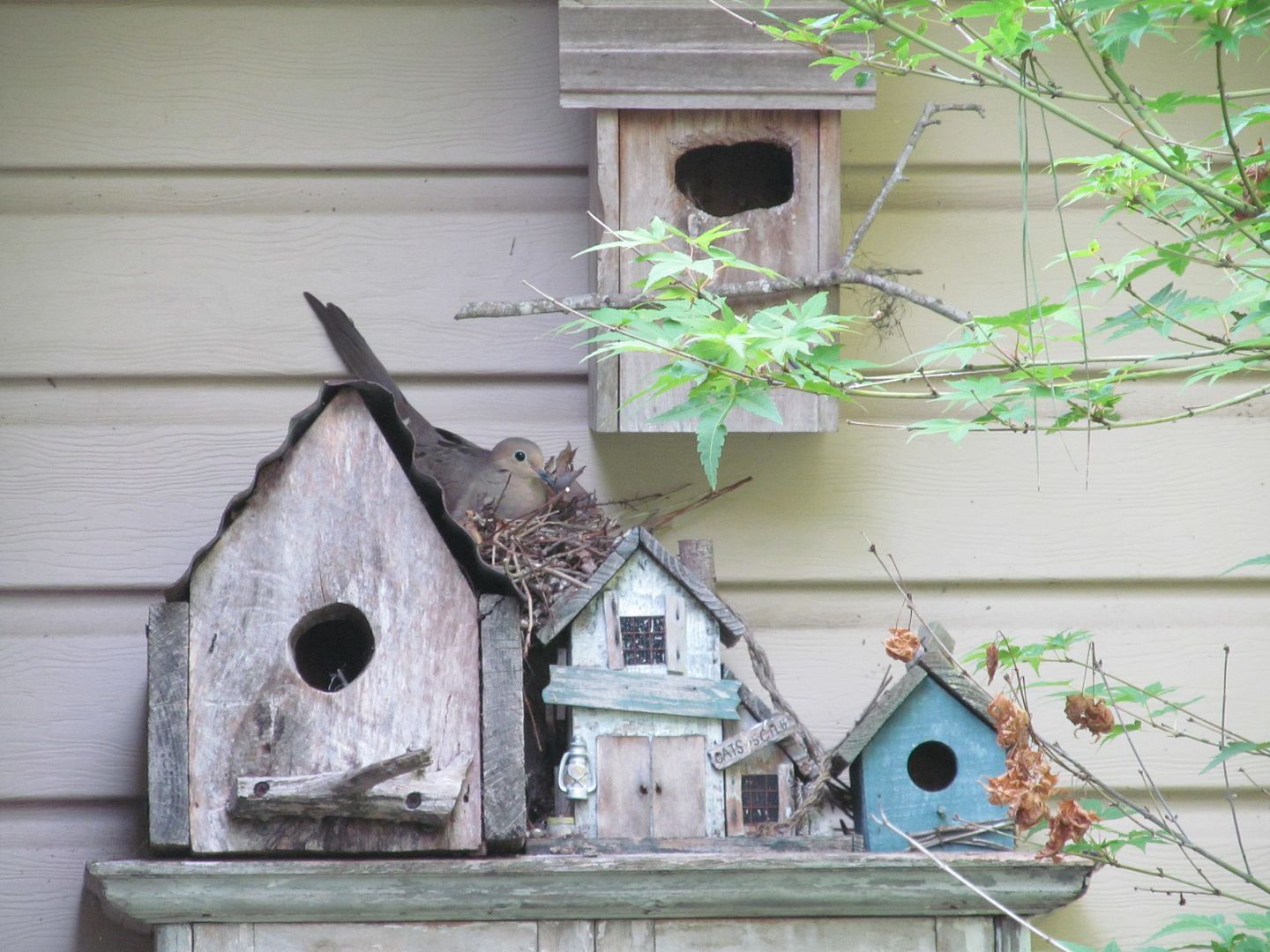
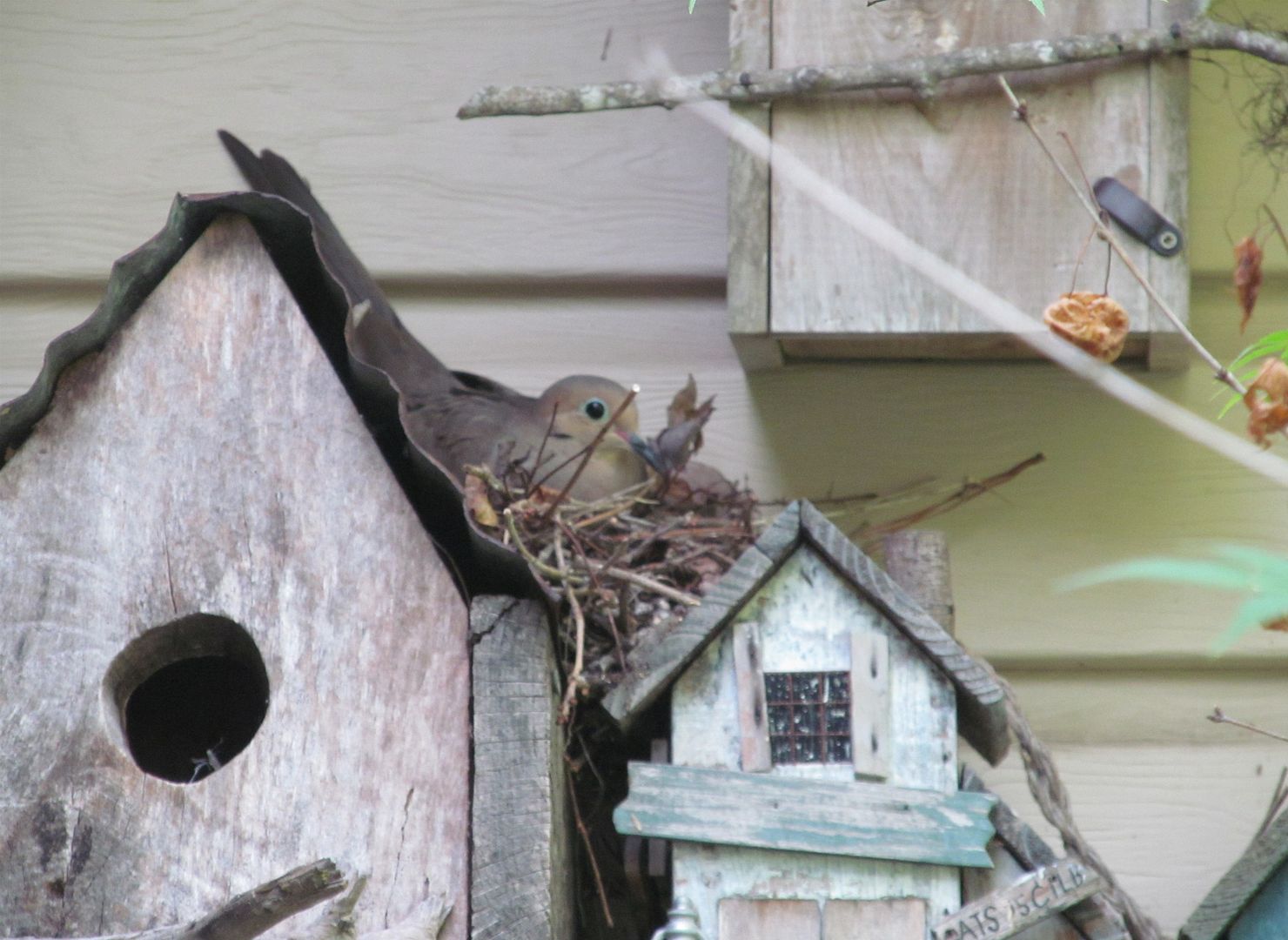


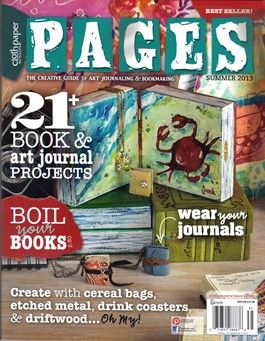 Can you turn driftwood, two by fours, cereal bags and coasters into journals? If you get the third issue of Pages magazine you can; those are just a few of the projects included in this Summer 2013 edition. There are also two articles on how to make journals you can wear on necklaces which look like fun; I'm definitely going to try my hand at both.
Can you turn driftwood, two by fours, cereal bags and coasters into journals? If you get the third issue of Pages magazine you can; those are just a few of the projects included in this Summer 2013 edition. There are also two articles on how to make journals you can wear on necklaces which look like fun; I'm definitely going to try my hand at both.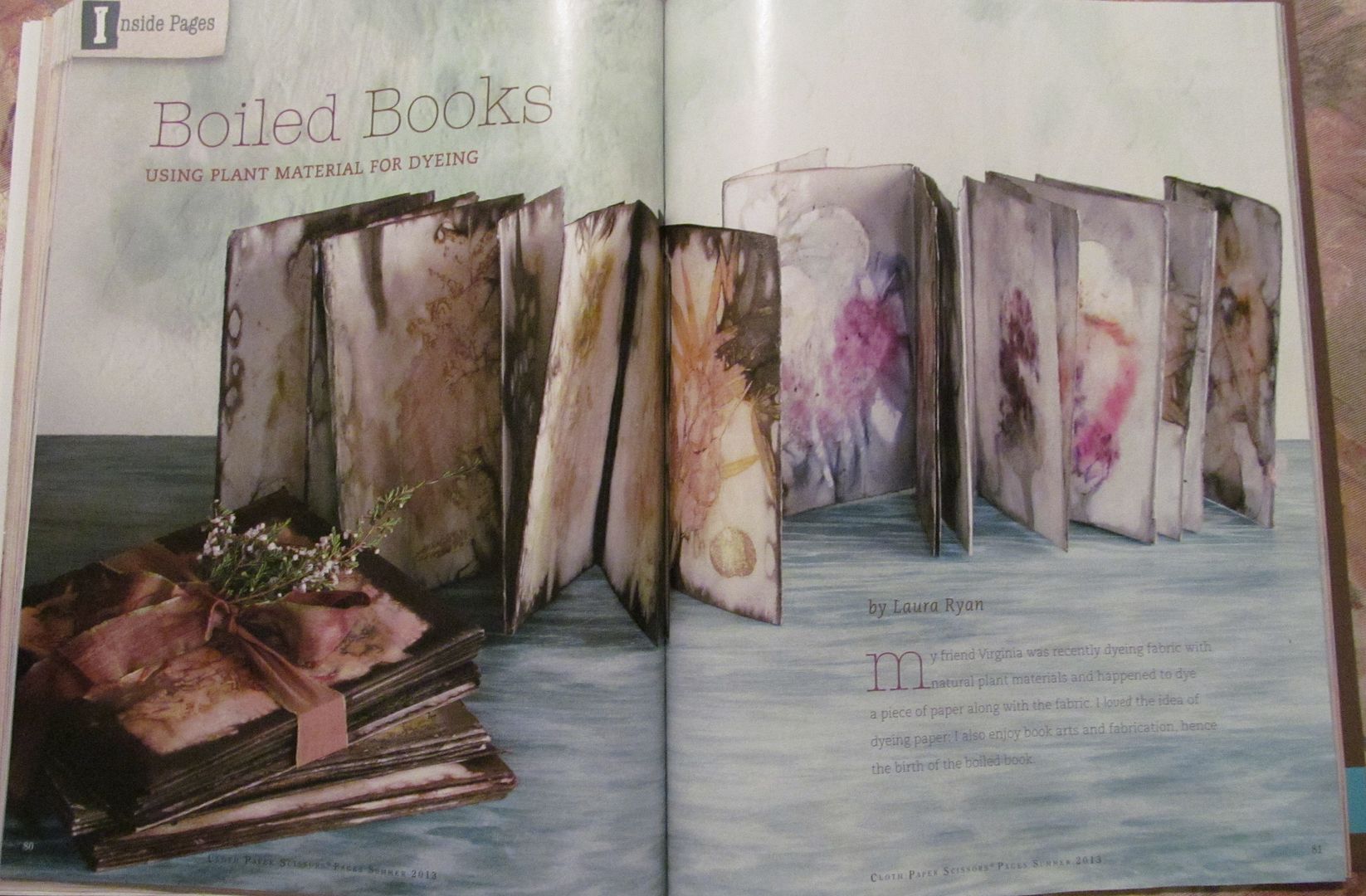
 Today I'm kicking off a new World-building Wednesday feature over at the series blog, and I'm looking for input from people interested in the topic. Stop in if you get a chance and let me know what sort of world-building-related subjects you'd like to see me cover in future posts. To qualify for the surprise giveaway you must leave your suggestion in comments to the June 12th post over at the Disenchanted & Co. blog.
Today I'm kicking off a new World-building Wednesday feature over at the series blog, and I'm looking for input from people interested in the topic. Stop in if you get a chance and let me know what sort of world-building-related subjects you'd like to see me cover in future posts. To qualify for the surprise giveaway you must leave your suggestion in comments to the June 12th post over at the Disenchanted & Co. blog.
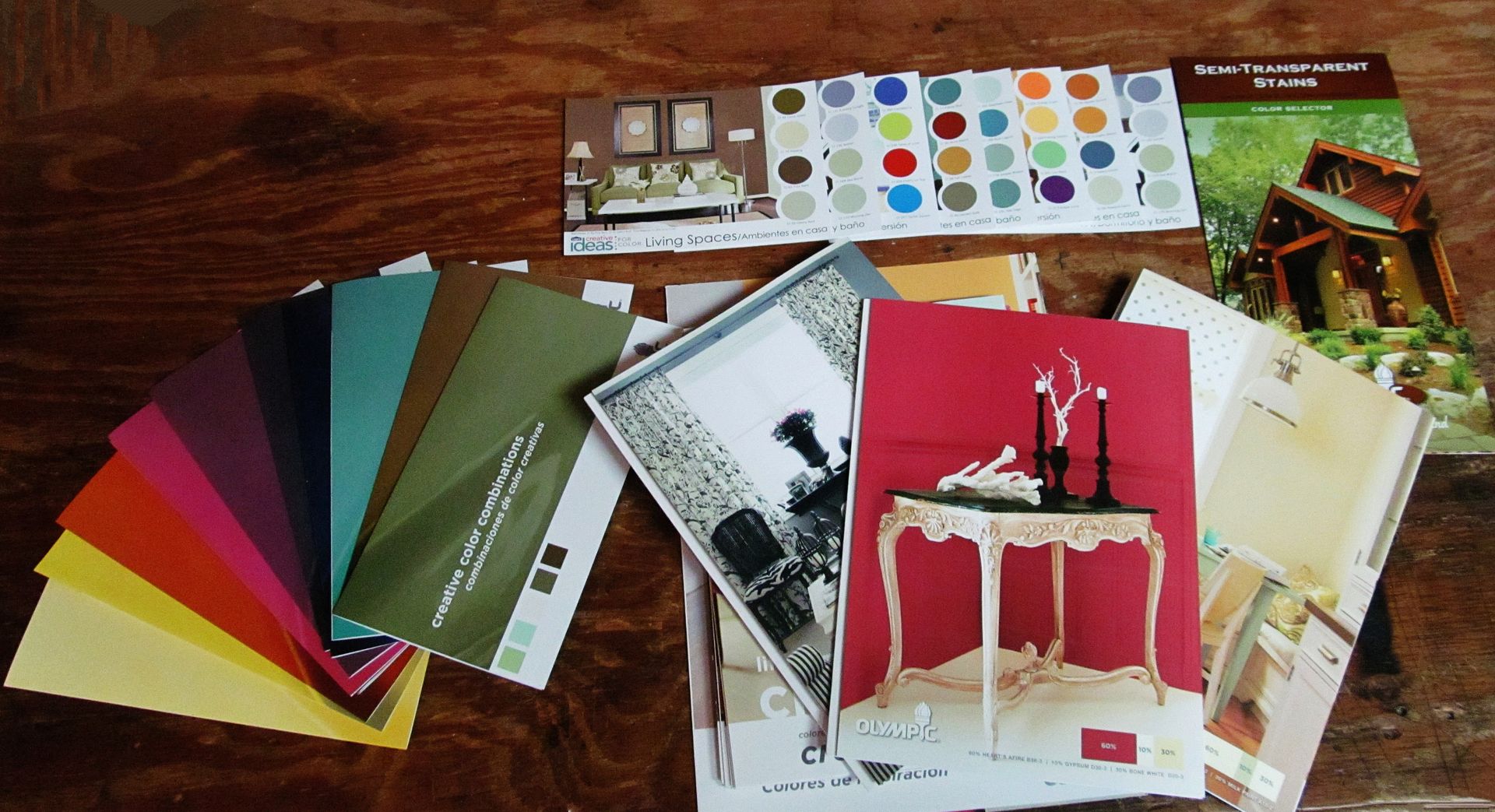 I get some of my best story ideas at the local home improvement store, where I always make a point to stop by the paint department. Paint manufacturers have some of the most creative marketing people of any industry, and they're always finding new ways to not only name colors but also combine them into palettes that reflect a certain trend or mood.
I get some of my best story ideas at the local home improvement store, where I always make a point to stop by the paint department. Paint manufacturers have some of the most creative marketing people of any industry, and they're always finding new ways to not only name colors but also combine them into palettes that reflect a certain trend or mood. Olympic paint has recently done some marvelous things with their color line: they've created little color palettes with removable, stick-on chips you can transfer from the idea folder to something else. I've always cut out the chips and clipped, stapled or glue-sticked them into my novel notebooks, so this was super convenient for me. It also allowed me to mix colors from several different collections into my own custom palette. Valspar's latest idea cards show a four-color palette next to a room where they've been used, which can be very helpful when you're trying to create a setting. If you're not crazy about recombining colors, these cards can give you some ready-made palettes to use for characters, too.
Olympic paint has recently done some marvelous things with their color line: they've created little color palettes with removable, stick-on chips you can transfer from the idea folder to something else. I've always cut out the chips and clipped, stapled or glue-sticked them into my novel notebooks, so this was super convenient for me. It also allowed me to mix colors from several different collections into my own custom palette. Valspar's latest idea cards show a four-color palette next to a room where they've been used, which can be very helpful when you're trying to create a setting. If you're not crazy about recombining colors, these cards can give you some ready-made palettes to use for characters, too.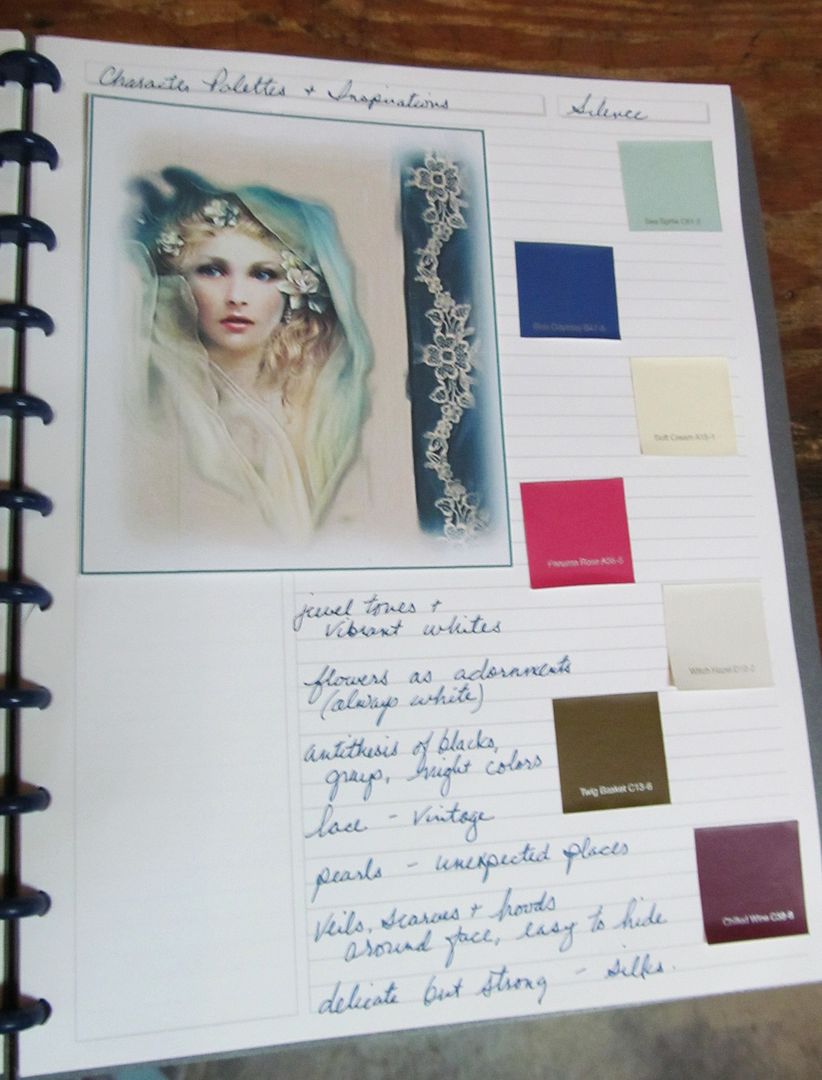 Anyway, back to my image-resistant character. Once I was home and could play with the paint chips, I built a palette for the character that simply felt right -- two shades of blue, two shades of warm whites, a vibrant rose, a dark violet and a cool brown. I then kept that palette in my head and went through my character idea folder with all the body- and face-model images I've been collecting as possibilities for this character, and there she was -- an image I almost didn't put in the folder because it's almost the exact opposite of what I assumed the character would look like.
Anyway, back to my image-resistant character. Once I was home and could play with the paint chips, I built a palette for the character that simply felt right -- two shades of blue, two shades of warm whites, a vibrant rose, a dark violet and a cool brown. I then kept that palette in my head and went through my character idea folder with all the body- and face-model images I've been collecting as possibilities for this character, and there she was -- an image I almost didn't put in the folder because it's almost the exact opposite of what I assumed the character would look like.


